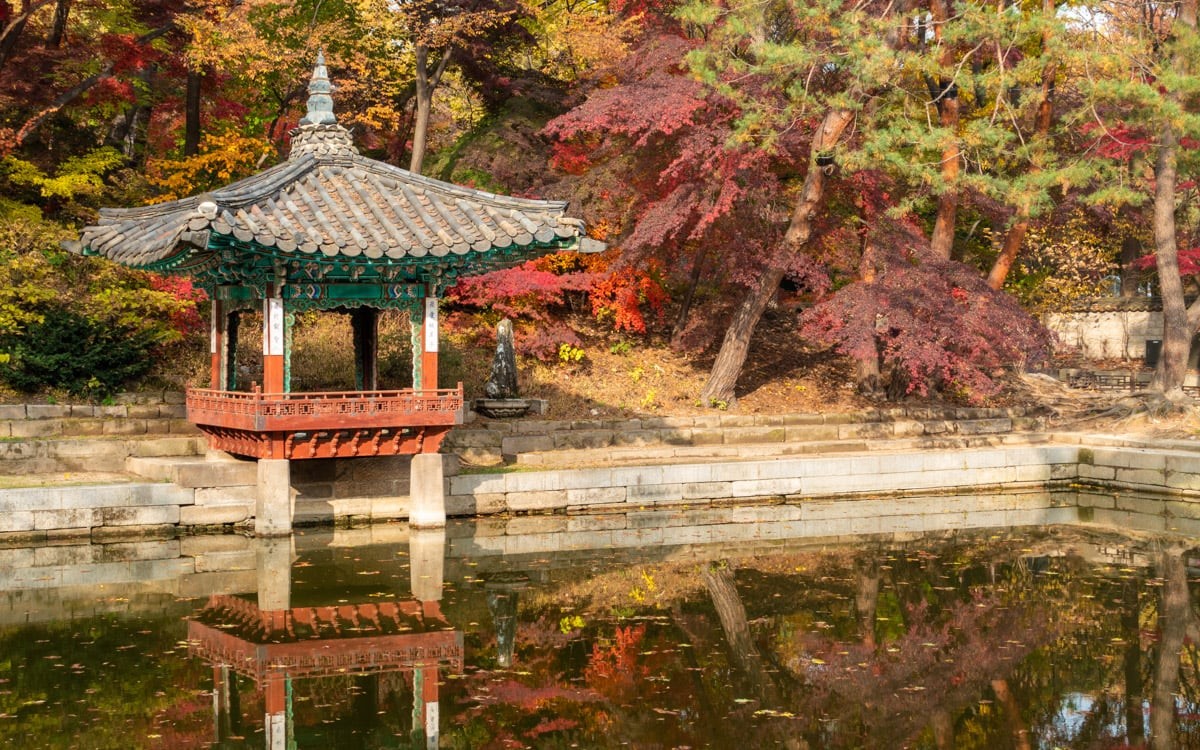
Wat Pho: The Temple of the Reclining Buddha - A Sanctuary of Serenity in Bangkok
Nestled in the heart of Bangkok, just a stone's throw away from the Grand Palace, Wat Pho, or the Temple of the Reclining Buddha, is one of the most iconic and revered temples in Thailand. Famous for housing the colossal reclining Buddha statue, Wat Pho is not only a spiritual haven but also a treasure trove of Thai art, culture, and history. The temple’s serene ambiance, rich architectural details, and deep-rooted significance make it a must-visit destination for anyone exploring the vibrant city of Bangkok.
A Temple Steeped in History
Wat Pho, officially known as Wat Phra Chetuphon Wimon Mangkhalaram, is one of Bangkok’s oldest and largest temples. The temple’s history dates back to the 16th century, during the Ayutthaya period, long before Bangkok became the capital of Thailand. However, it was King Rama I, the founder of the Chakri dynasty, who transformed Wat Pho into a major temple complex in the late 18th century. Under his reign, the temple was rebuilt and expanded, setting the foundation for what would become one of the most important cultural sites in Thailand.
Wat Pho is also considered the birthplace of traditional Thai massage. The temple houses a renowned massage school, where students learn the ancient techniques of Thai massage, a practice that has been passed down through generations. Today, visitors to Wat Pho can experience a traditional Thai massage in the temple’s serene surroundings, adding to the holistic experience of this sacred place.
The Majestic Reclining Buddha
The centerpiece of Wat Pho is undoubtedly the Reclining Buddha, a magnificent statue that stretches 46 meters in length and stands 15 meters high. This enormous gilded figure represents Buddha in his final moments of earthly life, before entering Nirvana. The reclining posture symbolizes the Buddha’s peaceful and serene transition from life to death, making it a powerful representation of the cycle of life and the attainment of spiritual enlightenment.
The statue’s sheer size is awe-inspiring, and its intricate details are equally captivating. The Buddha’s feet alone are 5 meters long and are adorned with 108 intricate mother-of-pearl inlays, each representing auspicious symbols and attributes of the Buddha. These symbols include flowers, elephants, and tigers, each carrying deep spiritual meaning.
The soles of the feet are particularly fascinating, as they depict the 108 lakshanas, or auspicious characteristics, of the Buddha. These inlays are a testament to the extraordinary craftsmanship and artistry of the Thai artisans who created them. The serene expression on the Buddha’s face, combined with the statue’s radiant golden hue, creates a sense of peace and reverence that envelops all who enter the hall.
A Treasure Trove of Art and Culture
Beyond the Reclining Buddha, Wat Pho is a sprawling complex filled with over 1,000 Buddha images, more than any other temple in Thailand. These images, many of which were brought from the ruins of Ayutthaya, are housed in various halls and pavilions throughout the temple grounds. Each statue is unique, reflecting different artistic styles and periods in Thai history, making Wat Pho a living museum of Buddhist art.
The temple is also home to four grand chedis, or stupas, each dedicated to a different king of the Chakri dynasty. These chedis are adorned with colorful porcelain mosaics, creating a striking contrast against the blue skies of Bangkok. The mosaics depict intricate floral patterns and scenes from Thai mythology, adding to the visual splendor of the temple.
Wat Pho’s courtyards and gardens are equally enchanting, dotted with statues, Chinese pagodas, and stone guardians that add to the temple’s serene atmosphere. The shaded walkways and peaceful gardens provide a tranquil retreat from the bustling streets of Bangkok, inviting visitors to reflect and meditate.
A Sanctuary of Serenity
While Wat Pho is a site of great historical and cultural significance, it is also a place of deep spiritual importance. The temple continues to serve as a functioning monastery, with monks living and practicing within its walls. Visitors are often struck by the peacefulness of Wat Pho, despite the large number of tourists who visit each day. This sense of serenity is what makes Wat Pho truly special, offering a space where one can escape the chaos of the city and connect with a higher sense of peace and spirituality.
Wat Pho is also a center of education, particularly in the field of traditional Thai medicine and massage. The temple’s massage school attracts students from around the world, eager to learn the ancient healing techniques that have been practiced in Thailand for centuries. This focus on education and healing is in line with the temple’s role as a sanctuary for both the body and the mind.
A Must-Visit Destination in Bangkok
Wat Pho is more than just a temple; it is a cultural and spiritual landmark that embodies the essence of Thailand. Its combination of stunning architecture, rich history, and deep spiritual significance makes it a must-visit destination for anyone exploring Bangkok. Whether you are admiring the grandeur of the Reclining Buddha, exploring the temple’s art and architecture, or simply soaking in the peaceful ambiance, Wat Pho offers an experience that is both enriching and inspiring.
In conclusion, Wat Pho stands as a testament to the enduring beauty and spirituality of Thailand. Its magnificent Reclining Buddha, serene atmosphere, and rich cultural heritage make it one of Bangkok’s most cherished landmarks. For those seeking to immerse themselves in the history, art, and spirituality of Thailand, a visit to Wat Pho is an unforgettable journey into the heart of this remarkable country.





